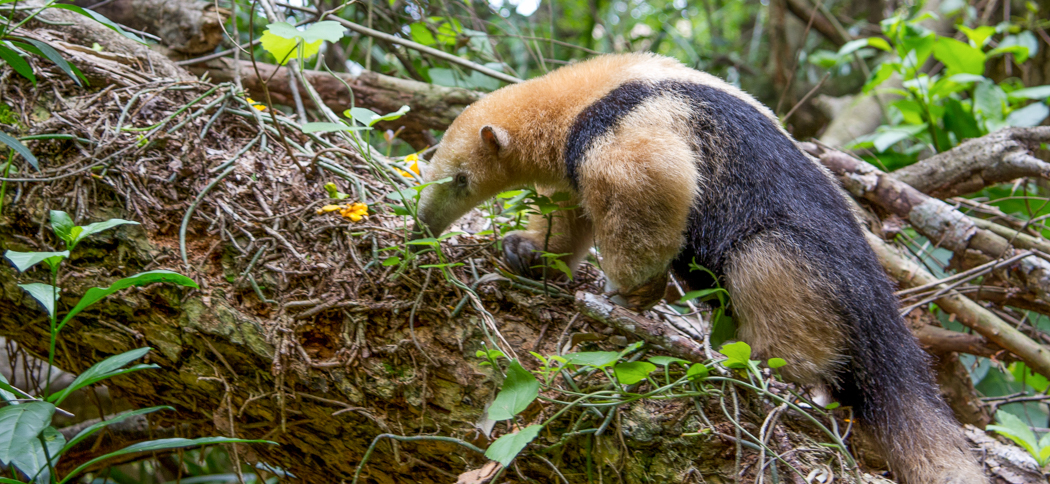
Strange Tails
We're delighted to have a strong population of strange-tailed tyrants at the reserve. So much so that we've adopted these beautiful and endangered birds as the symbol of the Trust
The growing diversity of the animals of Reserva Don Luis is a fresh source of delight every time we return. We don't play favourites, but it's impossible not to engage more with some of our more conspicuous guests. One of these is the strange-tailed tyrant. The male is stoic in his tolerance of one of nature's strangest - and it would seem least practical - adaptations. He's willing to suffer to be beautiful, and somehow manages to fly with tail feathers that were surely designed for a bird three times his size.
We love his perseverance; his resolution to succeed against challenge, and his ability to prove that anything is possible. He's appearing in growing numbers on the Reserva Do Luis, and his success has become an allegory for, and a symbol of, our own.
When we started the process of updating and redesigning our website, we wanted to adopt an image that symbolised our aims and our challenges. This brave little flycatcher, with his indomitable character, was the perfect choice.
The logo is a stylised profile of a male tyrant, silhouetted against the sunrise. We coloured the sun the blue of the Argentinian flag in honour of this country's beauty, its climate and the breathtaking span of magnificent animals that it nurtures.

Bat Research
Our bat team is conducting bat research both in the Ibera Marshes and in other provinces. We are especially concentrating on Misiones at the moment where we find the largest bat in Argentina, Chrotopterus auriitus and Myotis ruber, two species that we are researching.

Southern Tamandua
Tamandua tetradactyla
This Southern Tamandua was rescued from a private house in a small nearby town and permission was obtained to release it in the Cambyreta area of the Ibera Marshes. We are fortunate that she is now at Reserva Don Luis as these mammals are quite rare around here.
She is a little like a Giant Anteater in that she eats ants and termites and has huge front claws and a long snout and tongue. However the Tamandua is arboreal and is excellent at climbing trees. Part of their diet consists of bees and honeycomb plus larvae and other insects which reside in trees. They have a prehensile tail which is very strong and the typical markings of an anteater with predominantly cinammon coloured brush like fur and a blackish waistcoat with a marked V shape over the shoulders.
The length of the Tamandua is 60-80cm with the tail up to another 50cm. They weigh around 5kg and have a long narrow tongue up to 40cm.
They look a bit clumsy on the ground and are more at home in the trees. They have small eyes with poor eyesight, can hear quite well but have an excellent sense of smell.

